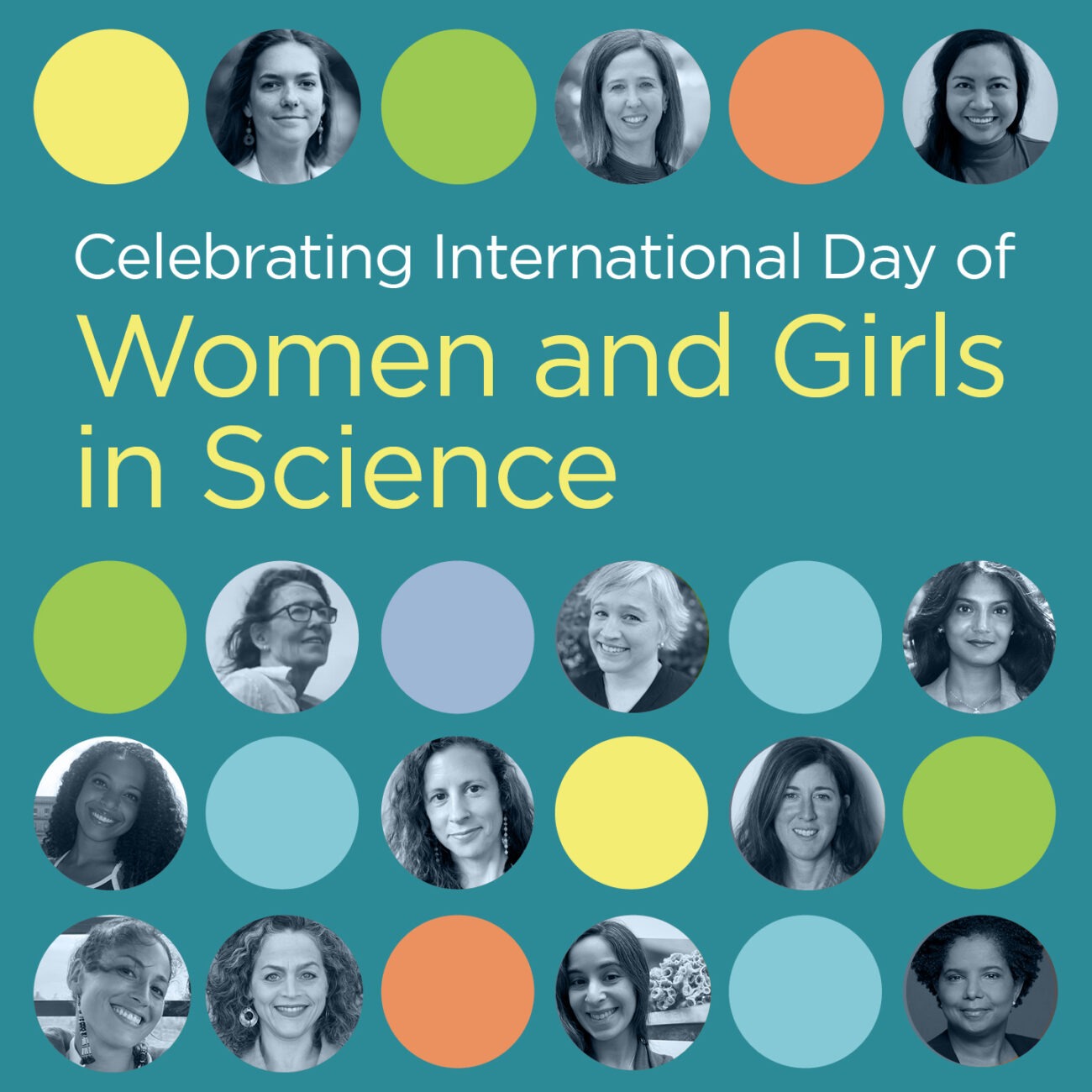On February 11, the annual United Nations–designated International Day of Women and Girls in Science raises awareness of the many challenges women and girls around the world face within the STEM disciplines, and the myriad ways they continue to overcome obstacles and make waves in their fields.
For this year’s theme, “Unpacking STEM Careers: Her Voice in Science,” we’d like to spotlight just a few examples of the remarkable women scientists from the Columbia Climate School.
Check out the stories below to learn more about how these women are leading the charge toward a more sustainable future, and keep reading State of the Planet for ongoing coverage of exceptional women scientists year-round.

Columbia Climate School’s new dean Alexis Abramson discusses her commitment to climate action and how she weaves together a background in engineering and the liberal arts to be a more effective leader.

Galen McKinley and her research group at Columbia’s Lamont-Doherty Earth Observatory are quantifying how much carbon the ocean removes from the atmosphere—and how much it fluctuates—to better understand climate change.

Lisa Dale, a climate change adaptation expert and director of the M.A. in Climate and Society program at the Climate School, talks about the best strategies to reduce fire risk and the difficulty of implementing them.

Amy Campbell, a Fulbright scholar in the M.A. in Climate and Society program at the Columbia Climate School, channels her interdisciplinary worldview into her work on disaster preparedness.

MPA-ESP student Jada Johnson believes in the power of policy to drive meaningful and sustainable solutions for historically underserved communities.

Elaine Angeles, a graduate of the M.P.A in Environmental Science and Policy program, is dedicated to driving change by better utilizing scientific forecasts and early warning systems to support vulnerable populations.

Logan Brenner, a scientist at Columbia’s Lamont-Doherty Earth Observatory, is part of an international collaboration to drill into the ocean’s past to uncover the hidden language of ocean coral.

Sheila Foster, a professor of climate at Columbia Climate School, reflects on being honored by the prestigious organization, the American College of Environmental Lawyers, for her career achievements.

Olivia Palma, a student in the M.A. in Climate and Society program, discusses her passion for understanding the link between people, the environment and climate change, especially for at-risk communities.

Jessica Fanzo, a professor of climate at the Climate School, shares how an “unplanned” career path led to her recent election to the National Academy of Sciences, one of the field’s highest honors.
You can also meet some of the women scientists at the Climate School in our Science for the Planet series:
Postdoc Nadia Seeteram studies how climate risks are impacting housing infrastructure and housing needs in coastal communities.
Nicole Davi, a tree-ring scientist at the Climate School’s Lamont-Doherty Earth Observatory, explains the critical role maritime forests play in protecting our coastal communities from storms. The tree-ring records she’s building will help us understand how these ecosystems are responding to climate change.
Ocean-based techniques to remove carbon dioxide from the atmosphere could help the U.S. and other countries reach their climate goals, but they need to be advanced in a safe, just and responsible manner, says climate law expert Romany Webb.
Lamont botanist and climatologist Dorothy Peteet explains how ecosystems store massive amounts of carbon, but are under threat from sea-level rise.
Source link
Columbia Climate School news.climate.columbia.edu

